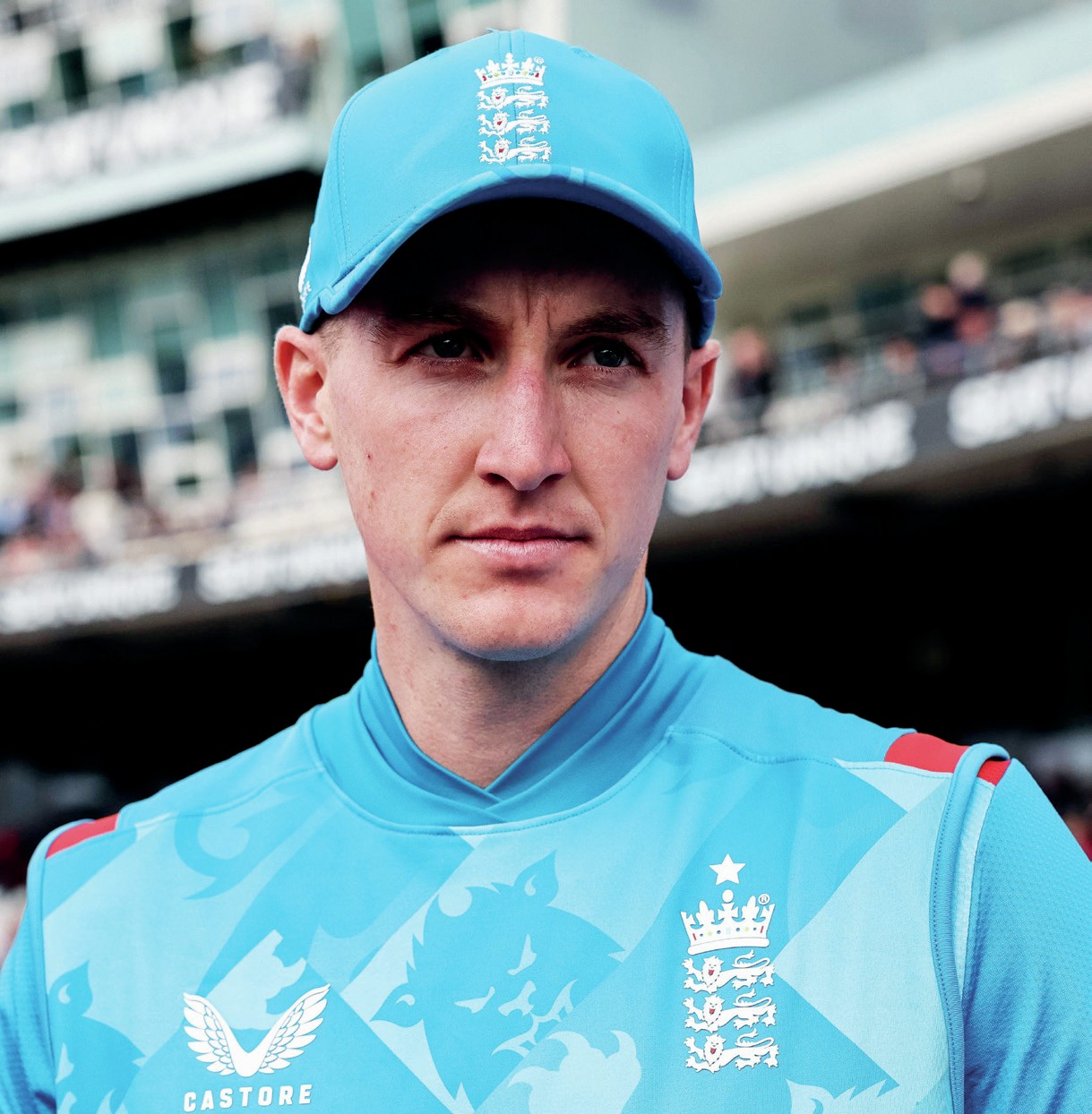
By Derek Pringle
Thursday’s opening salvo at the Gabba could see England’s batsmen exposed to the quickest bowling attack ever assembled in an Ashes Test.
The likely trio of Mitchell Starc, Pat Cummins and Josh Hazlewood have a combined speed of over 260mph, which suggests a barrage not seen since the infamous 1974/75 tour, when Dennis Lillee and Jeff Thomson struck terror into an England team ill-equipped to cope.
Looking at the pace attacks Australia have fielded since Ray Illingworth’s triumphant tour of 1970/71, where Graham MacKenzie and Alan Thomson spearheaded Australia’s bowling, the one likely to confront England this time looks like it could be the quickest, at least when taken collectively as a trio.
Certainly Starc and Cummins are both 90mph-plus men with the left-arm Starc able to target the base of the stumps with swinging yorkers as well as the head. In that regard he is the heir to Wasim Akram, though even Wasim could not get the tough-hided Kookaburra ball to reverse-swing as much, or as regularly, as other balls.
Cummins is pacey, too, though he has been beset by injury problems to the point that this will be his first ever Test in Australia since making his debut in South Africa just over six years ago.
With his bounding run and leap he can generate extreme speed when he gets his rhythm right, though that is not always guaranteed.
Hazlewood is more a Glenn McGrath-type seamer, probing away at the 85mph mark for any weaknesses around off-stump. He has a quick enough bouncer to keep batsmen honest, but intimidation is not his main game. Which means most of the enforcing will fall to Starc and Cummins.
They look the business, though whether either can inflict the sheer terror on England’s batsmen that Mitchell Johnson managed four years ago depends on several factors, not least their ability to stay fit over a series, for which neither has a strong track record.

No slouch: Pat Cummins quickest delivery in Test cricket was locked at 93.8mph (photo: Getty Images)
The other is the pitches. Fast bowlers cannot bully batsmen on featherbeds. They might be able to get you out, as Michael Holding did with England at the Oval in 1976, when he targeted the stumps, but fear of physical pain is not so pronounced. Remember, Dennis Amiss made 203 in that match.
The Gabba pitch where England begin their defence of the Ashes can be quick, as it was last time when Johnson took nine for 103 in the match. Yet, it can also be docile as in 2010/11, when England racked up 517 for one in their second innings to draw the Test. Given England went on to win that series you can guess how it will be prepared this time.
It was the fast pace, but also the uncertain bounce of the pitches which made 1974/75 such an ordeal, that and the lack of protective gear such as helmets and chest guards. Keith Fletcher, my captain at Essex, played five of the six Tests in that series, and recalls the experience.
“Looking back, we must have been bloody daft taking on Lillee and Thomson without any proper protective headwear other than our touring caps,” said Fletcher. “Mind you, we didn’t think about it that much at the time. Those two bowlers were loopy and thought nothing of inflicting pain. Thommo started off the quickest, but Lillee got stronger through the series, so there was little between them towards the end.
“It was very tough especially when you couldn’t trust the bounce. Only in Perth was the bounce even, but then that was a lightning quick track, much quicker than it is today.”
One interesting observation Fletcher makes, though it is not an advocacy, was how few times any of the batsmen on that tour were struck on the head compared with today’s players, generally.
“I suppose they get hit so much today because they are so well protected,” he said. “They feel able to go for their shots when the bowling is short. We didn’t do that in 74/75 because we knew that if we got it wrong there was a good chance we wouldn’t be getting up again.”
Fletcher, presumably with an English captain’s hat on, reckons it is far more useful for bowlers to get the ball in awkward areas for batsmen than worry about out and out pace. Normally, I would agree, but having seen how terror can affect players, from Johnson last time to the West Indies’ barrages of the 1980s, it does have a huge value, especially over a lengthy series like this.
Not that fear of pace has played much of a part in Ashes series in Australia over the 40 years between 2013/14 and 1974/75. England have faced fast bowlers in that time, such as Glenn McGrath, Craig McDermott, Merv Hughes, Brett Lee, Lennie Pascoe,
Geoff Lawson, Jason Gillespie, Carl Rackemann, Peter Siddle and Rodney Hogg, but none of their strong-arm tactics have been such a potent factor in determining the outcome of a series as in those two encounters.
Perhaps the closest was England’s 1982/83 series, when Thomson, Lawson and Hogg combined to make merry hell. Lillee also played a Test in that Ashes though both he and Thomson were past their physical best by then, so tried to get you out rather than knock you down.
By focusing on sheer pace, teams can take their collective eye off the other bowlers. Long is the list of sides dismissed by those not perceived to be the main threat, as England were at Lord’s in 1982. Confronted by Imran Khan and Abdul Qadir, it was Mudassar Nazar who nipped in with six for 32 with his distinctly medium-paced seamers.
So it could prove this time with Hazlewood and Nathan Lyon. As Marcus North has extolled elsewhere in this paper, Hazlewood is a very fine bowler who will probe while the other two soften up, a symbiosis in cricket as old as the hills providing you have the necessary pace for it to work.
Lyon also looks to exploit minds scrambled by the quicker men. Last time, while Johnson was busy dismantling England’s confidence, Lyon nipped in with 19 wickets for the series. It is a significant haul which suggests danger lurks everywhere for England’s batsmen and not just with the enforcers – Starc and Cummins.









